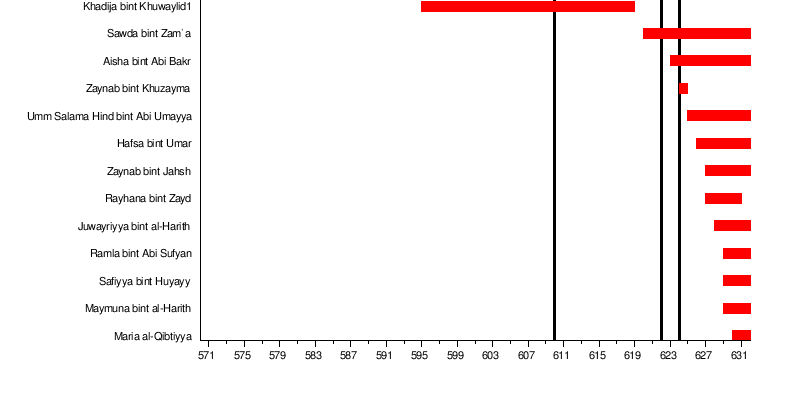nawab_saifudeen
New Member
Dear Limo
Great Reply, segregation is still there in our modern day societies also Washrooms, public baths, womens clubs. A wisdom of segregation in the place of worship is to focus on worship and God almighty. Not on things what your suppose to leave outside the place of worship otherwise whats the difference between a place place of worship and just a normal place
Great Reply, segregation is still there in our modern day societies also Washrooms, public baths, womens clubs. A wisdom of segregation in the place of worship is to focus on worship and God almighty. Not on things what your suppose to leave outside the place of worship otherwise whats the difference between a place place of worship and just a normal place

